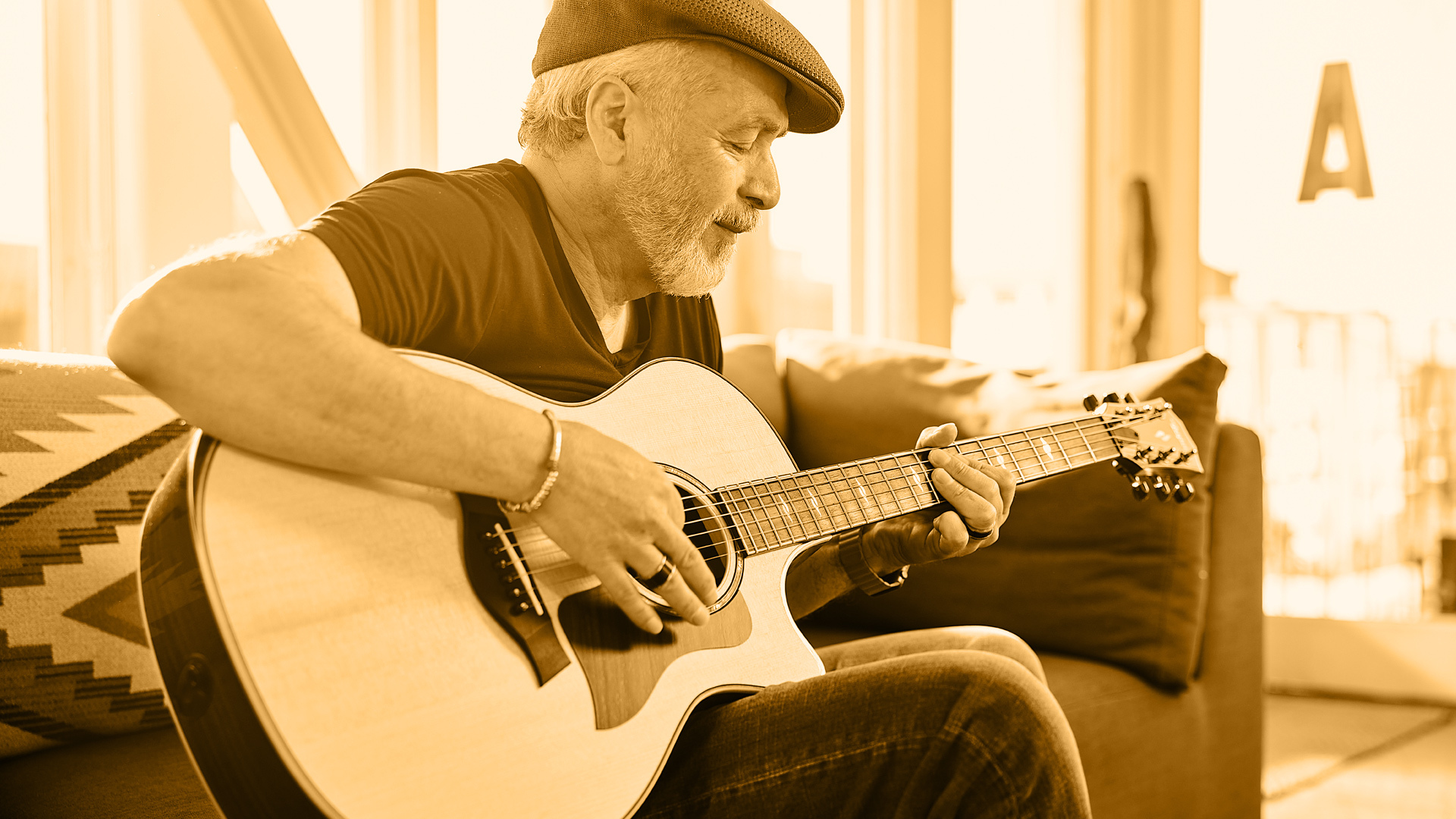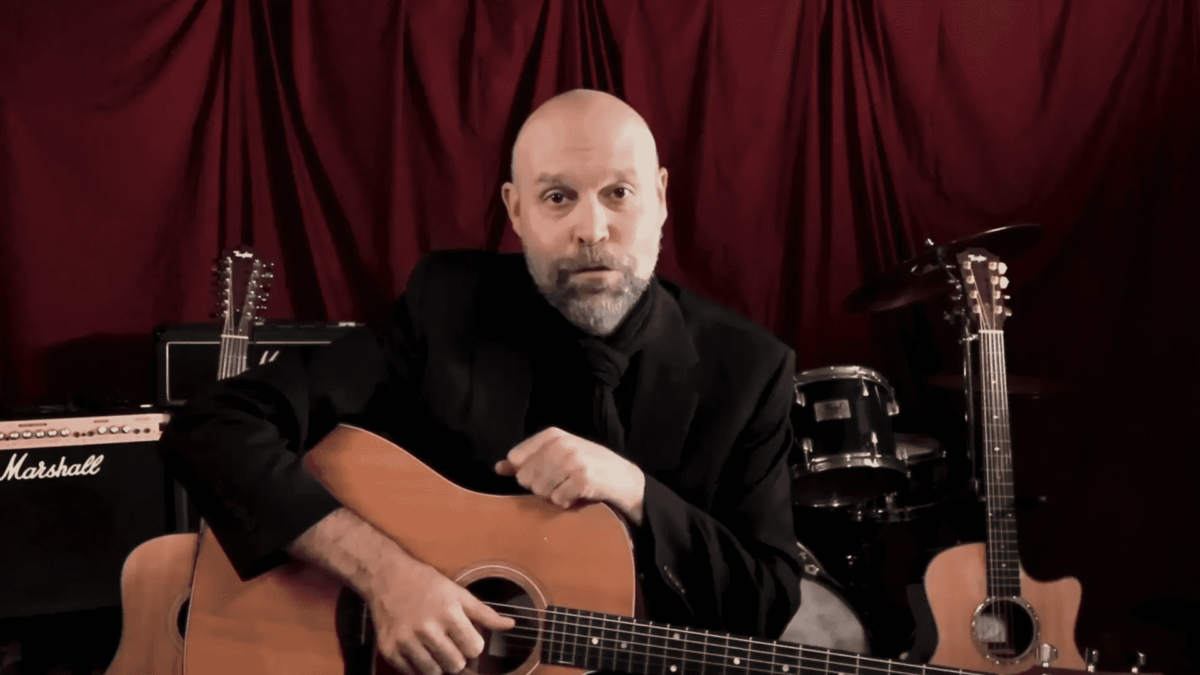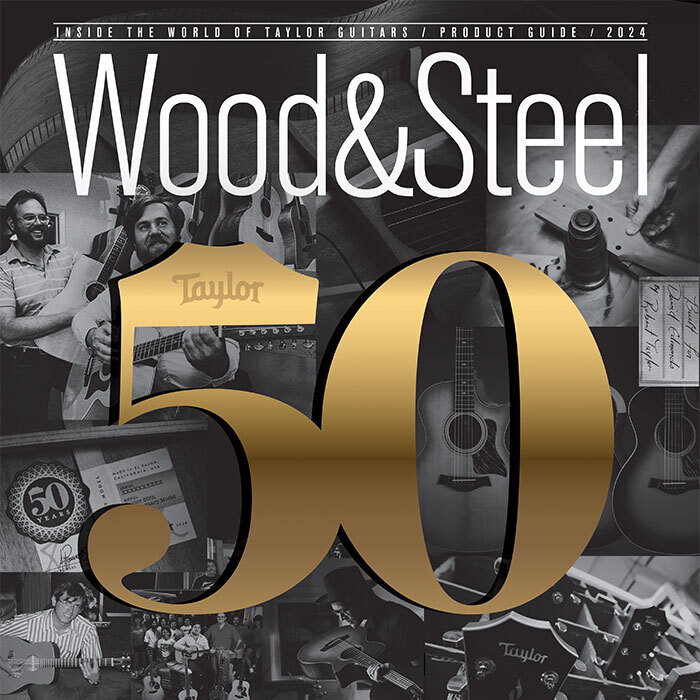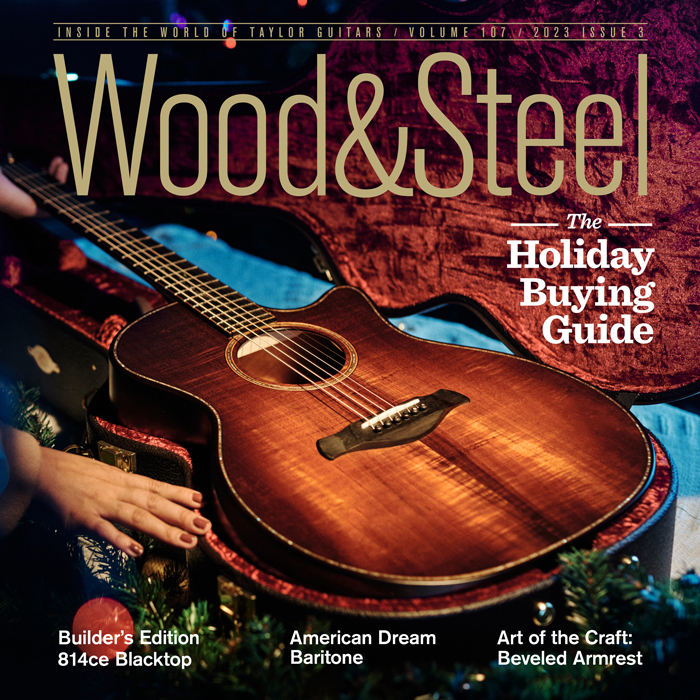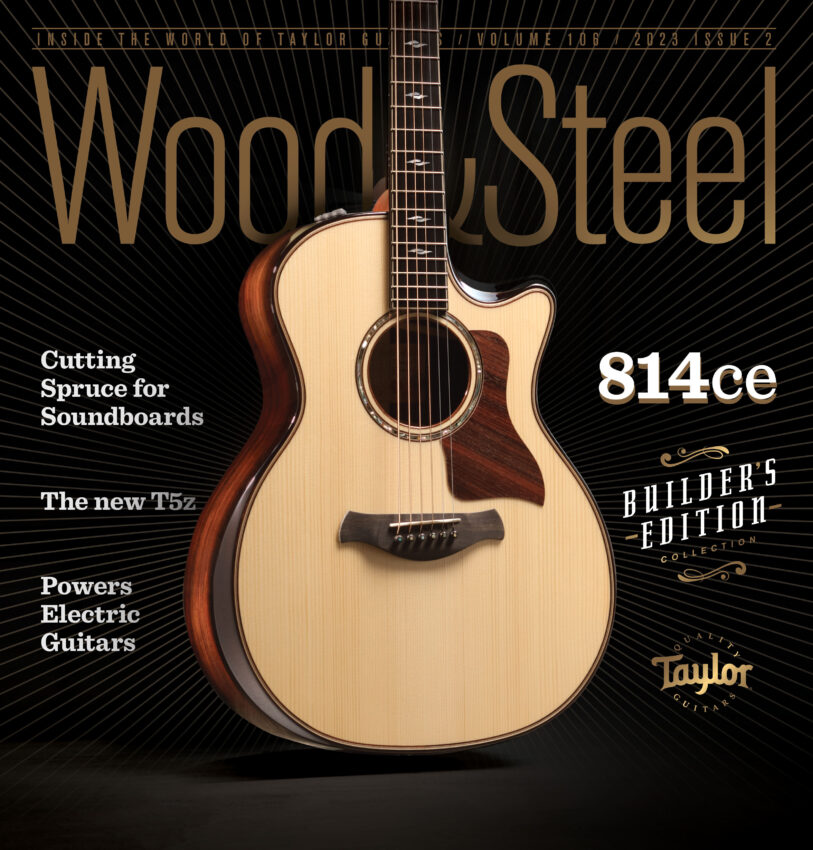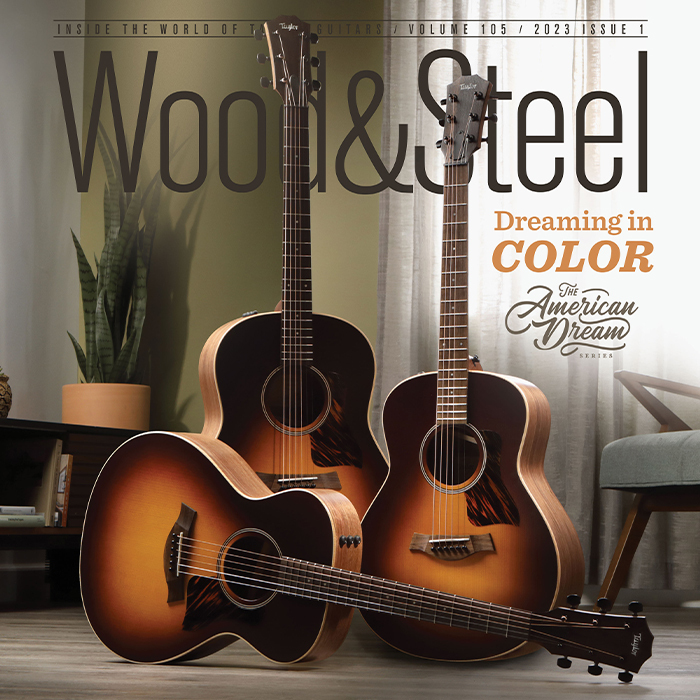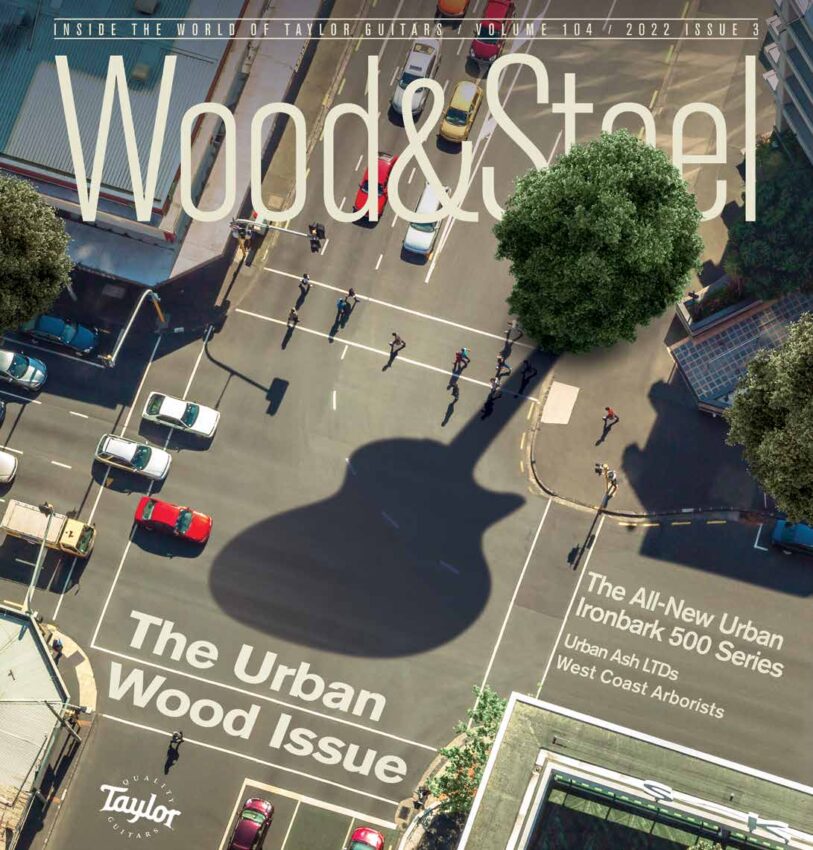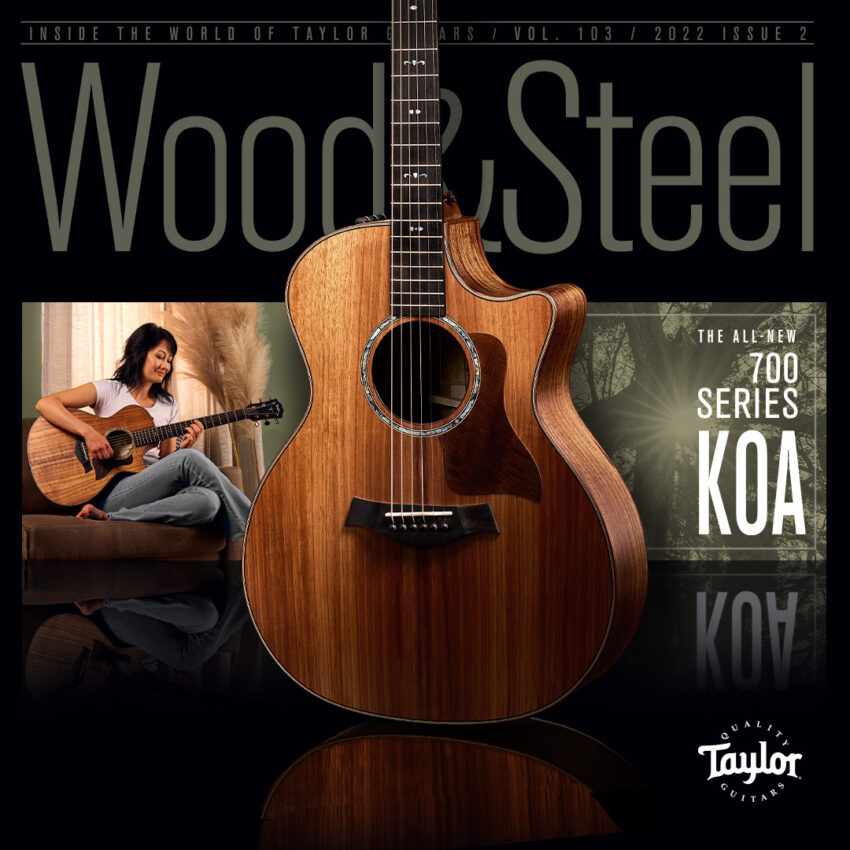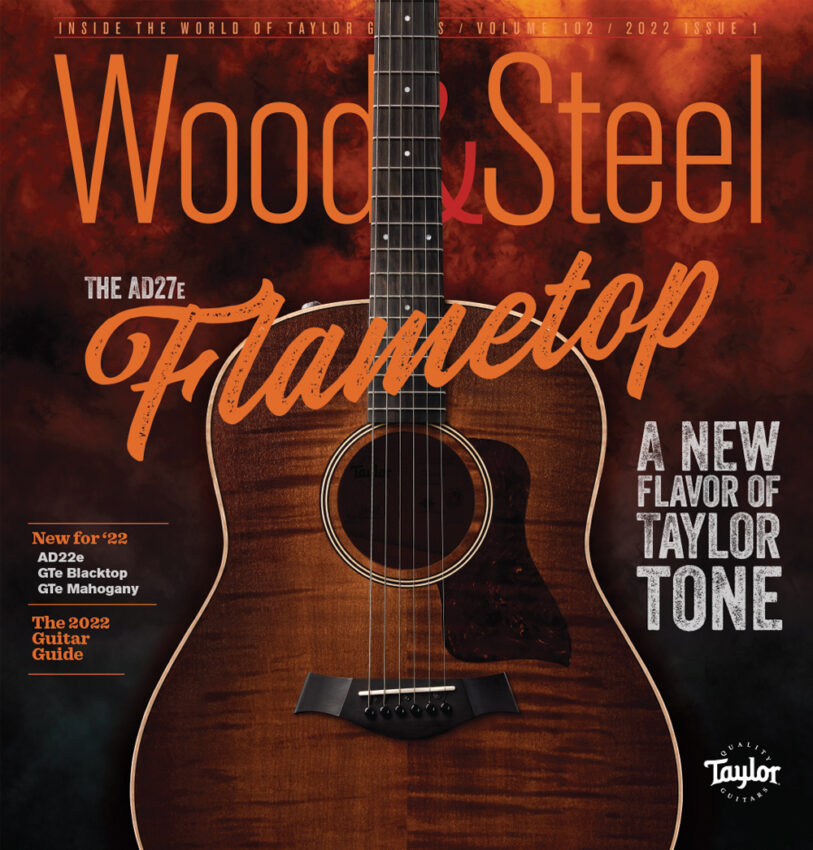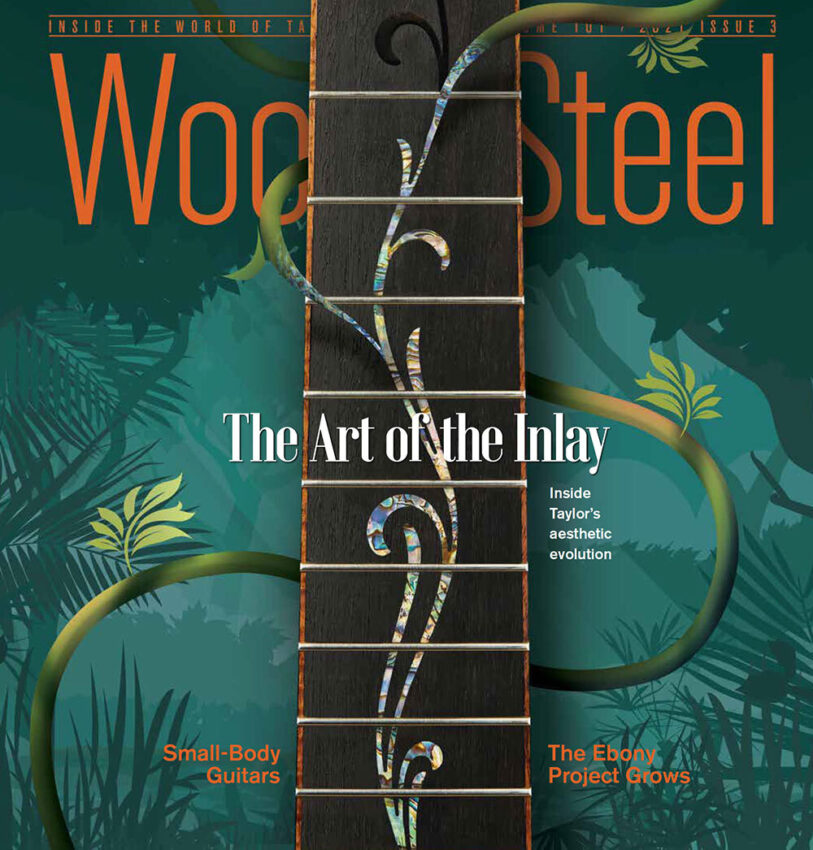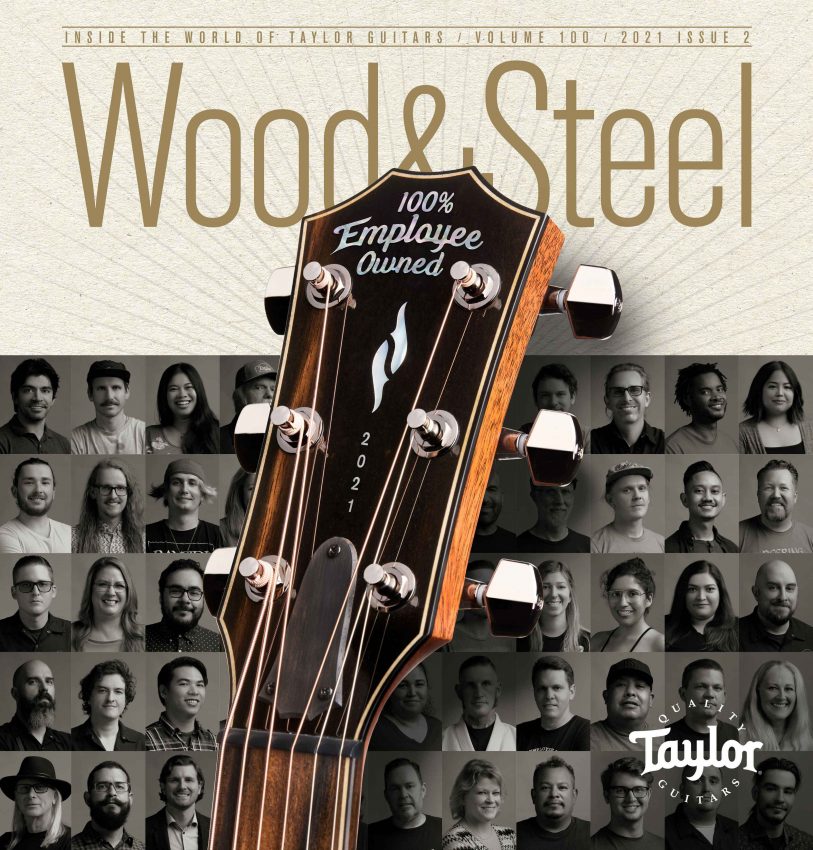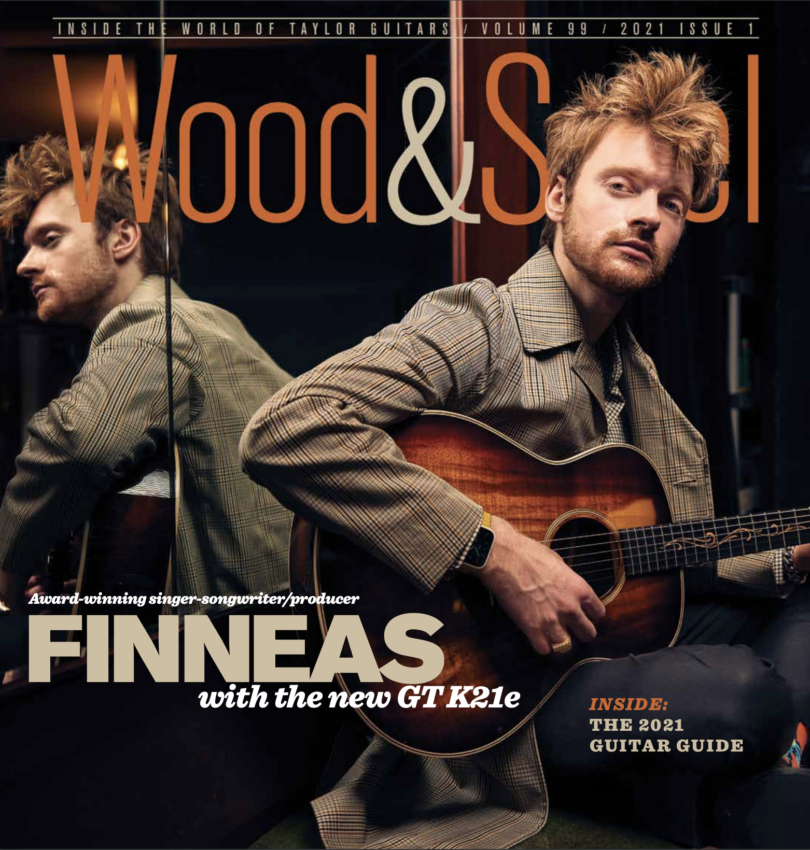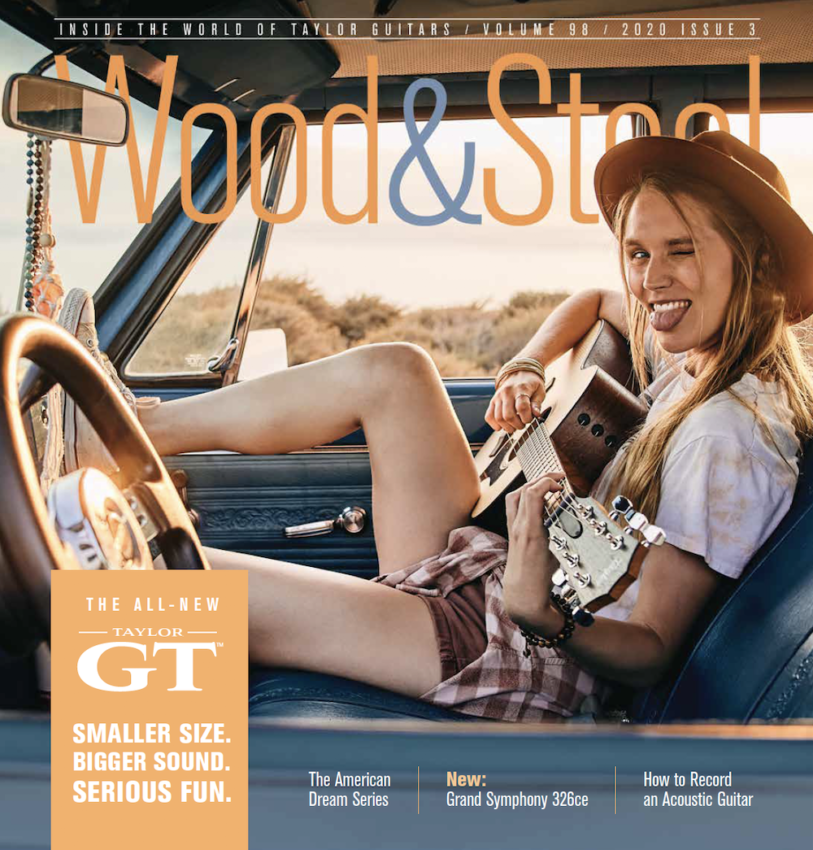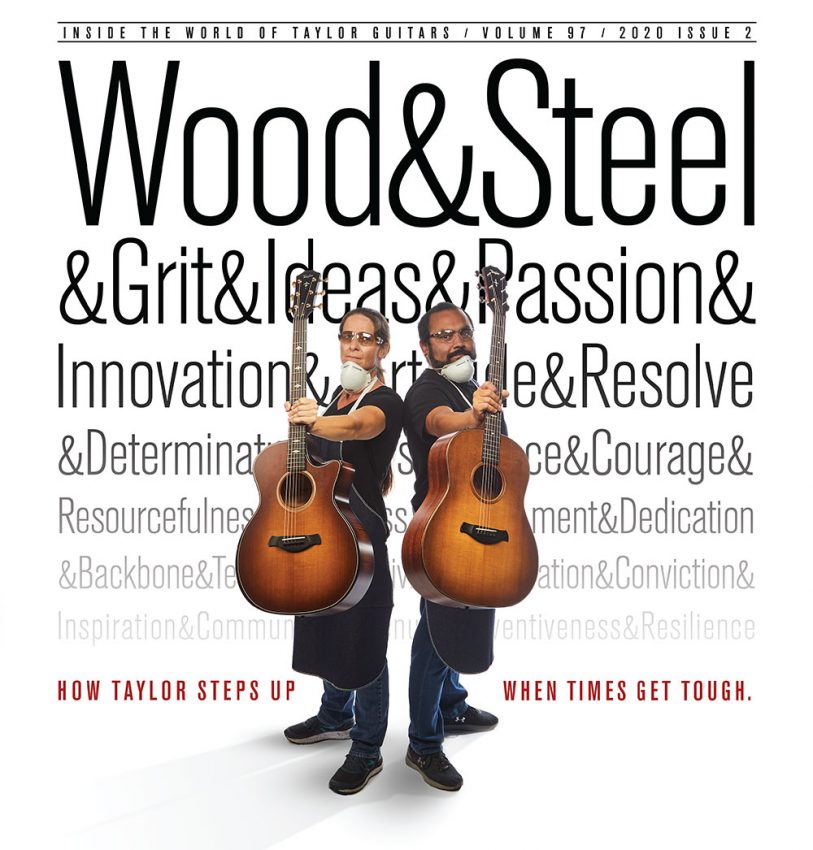Anyone affiliated with the guitar business — manufacturer, retailer, consumer, artist, journalist, etc. — will tell you this time of COVID has been an unusual one for everyone involved. Just a couple of years ago, major media outlets — The Washington Post, Billboard, Fortune, et. al. — were lamenting the decline of the guitar. And then suddenly in the summer of 2020, guitars were in such high demand that manufacturers couldn’t keep up, stores lacked stock, and players searched for everything from Strats to strings. Indeed, it appears that when the going gets tough, the tough get guitars!
This brings me to the topic of practicing. As an instructor, normally the most common complaint/excuse/reasoning I hear from students regarding their slow progress (their judgement, not mine) is a lack of time to practice. Thus, under the recent circumstances, many players are discovering whether it’s genuinely time that is the adversary or perhaps a misuse of time.
But maybe progress doesn’t matter so much right now. How about fun? Having more time to play is as important as time to practice. I’m hoping that you are finding a balance. That’s what this article reflects upon: recognizing the importance of music in our lives and helping you create a musical environment in which you — whether beginner or veteran — can practice, learn, grow, create, share and have fun.
Play Something You Love
Just play. Pick up your instrument and have fun. Play that song you’ve played a thousand times as if it’s the first time. Remember? Boy, that felt good.
For me, there are two pivotal moments in my guitar career that have stuck with me. The first was learning how to play the rhythm guitar of the Scorpions’ “Rock You Like a Hurricane.” Mind-blowing! It almost sounded like a song when I played it! It sure beat those first-position G and C chords in the Mel Bay book. To this day, if I want to refresh my playing, all I have to do is bang out the song’s slyly syncopated power chord intro and I’m transported to being a 13-year-old novice, eager to play, practice and learn more.
The second guitar event embedded in my brain, and the reminder of which keeps me zealously keen to improve, happened a few years later, when my playing had progressed ever so slightly. The extraordinary experience occurred one afternoon as I gingerly fingerpicked my way through J.S. Bach’s “Jesu, Joy of Man’s Desiring” with rapturous delight. Today, as I revisit this singular piece, I am enveloped by two sensuous memories: First, the thrill of my ability to play — even poorly — such a monumental composition; and second, the accompanying realization that my girlfriend at the time would be spellbound. (I’m not sure she was, but self-delusion does have its benefits.)
Hence, we recognize that playing the guitar goes beyond the aural and immediate. It resonates through time, emotionally, physically and spiritually. The songs you love, which you then learn to play, will have lasting impact on you, so recognize and relish those euphoric moments. While they might not materialize as often as you’d wish, that’s one of the things that makes them special.
Slow Down
Of course, the reason I had the ability to play Bach barely passably was because I had practiced for several years (although the motivation of showing off to a significant other shouldn’t be ruled out). That and I had the tablature. So it was that the routine of play, practice, play, practice (or practice, play…) became central to my existence and remains so to this day. No doubt, this is true for many of you. Nevertheless, even with the time and motivation, plenty of guitarists struggle with what, and how, to practice. While there are many answers to these questions, there is one specific guidepost that should help any musician strengthen his or her practice efficiency: Slow down!
I can’t tell you how many times various students have confessed, “I’ve been playing this piece for years, but I always mess up this one section.” And the sections run the gamut from a tricky fingerstyle combination or a fast alternate-picking run to a seemingly unattainable seven-fret stretch or a poorly executed B minor chord.
I have found that simply slowing down works wonders for these ostensibly unsurmountable hurdles. But you must play painfully slow, much slower than you naturally enjoy. If the performance tempo is 120 bpm — that’s the metronome set at 120 with one quarter note for every click — then you should practice as slowly as 30 bpm, four times slower than performance. This will be excruciating! In fact, 30 bpm on the metronome will seem so impossible that I suggest setting it to 60 bpm and playing one quarter note for every two clicks (this is the same as quarter notes at 30 bpm, yet it feels faster due to the more frequent clicks). What most players discover is that it’s not the collection of notes that is tricky; it’s playing the notes up to tempo. Still, many guitarists are unwilling to slow passages down, deluding themselves into thinking they are obliged to practice the piece all the way through at the same tempo. No. Exceptional players do not practice this way. Performance tempo should be consistent, but practice tempos vary. Each individual phrase requires its own practice tempo.
Once you can play your previously troubling phrase at 30 bpm, then you’ll recognize you can in fact play the music! Next, you merely start speeding it up, two metronome clicks at a time. That’s right, from 30 to 32 bpm, which will be tedious, yet will yield results. Continue this approach — which may take months, two to four metronome clicks every day (this may seem like a long time, but I’ve known players to carelessly practice such phrases for years and never attain them) — until you find your own performance tempo.
Here’s the rub: You may never get the part up to the original performance tempo. This is the nature of game. Some players are simply faster than others, the way some athletes are faster, bigger, stronger, etc. Still, none of that means “better.” So, find your own performance tempo, and then bring more of yourself to the piece. Remember, you possess your own sound, tone, phrasing, attack, texture, etc. If you highlight those qualities, I promise you, no one will ever complain about the tempo.
At the risk of generalizing, when new techniques and songs begin to come naturally to longtime players — even after years of unnatural hard work — those same players tend to maintain no patience for slowing down new onerous phrases (old ones even more so), choosing instead to complain that the unfamiliar notes are too laborious. Consequently, they rarely progress beyond a certain threshold. Thus, we see that it isn’t only skill that produces the better player, but patience as well. Beginners should heed this lesson and make slow, deliberate practice a habit from the onset.
Make a Video (Just Don’t Post It!)
One invaluable piece of advice I impart to students is that they play with other musicians as much as possible. For a multitude of reasons, jamming with another musician can improve your playing dramatically. Sadly, during the prevailing social distancing epoch, musicians have fewer opportunities than ever to fraternize. Thus, I offer, if not an equal substitute, a worthwhile auxiliary (one you should continue post-COVID).
Start video-recording your practice routines and watch them immediately! Scrutinize. When you watch yourself, study what’s working and what isn’t. If it is working, don’t change anything, even if your technique appears awkward. As long as it sounds good, it is good. I don’t buy into the dogma that there is one perfect technique or style of playing. If it works for you — or Hendrix with his thumb over the neck, or Jeff Healy with the guitar lying flat, or Django with three fingers — that’s what matters. The only times I suggest changing a student’s technique are when it’s causing pain or the student isn’t improving.
Hopefully, in your video, you’ll see and hear right away whether it’s working or not. If it isn’t, experiment with alternatives. Spend some time researching variations online. (Though there are countless video lessons of varying quality, I have found the cream does rise to the top, so study the most popular lessons first.) Make research part of your practice routine. Ten to 20 minutes of searching for the lessons that suit you best can be worth a lifetime of musical pleasure! Afterward, bring the fruits of that labor into your playing and shoot another video. Seriously, endeavor to film and watch all of your practice routines for the next week to a month, and see if it elevates your playing. It was Socrates who wrote “The unexamined life is not worth living.” My riff on that might be, “The unexamined performance is not worth hearing.”
Do understand, you are using video to help accomplish your goal, not to document the goal. So don’t post these practice videos online; they are for your eyes and ears only.
Last Word
I must warn you that even if you do implement the suggestions I’ve offered here, your guitar life will probably still be uneven. That’s to be expected. The performance and study of music are an everlasting pursuit. There will be good days and bad days; arguably more bad than good if you are persistently striving to improve. Though, ironically, a bad day conquered can be more gratifying than a good day under-appreciated. As stated from the outset, I hope you’re finding a balance between the fun and the work during this complicated time. History will look back on this period with a multifaceted lens, and there is no doubt that music and the arts will have played a role in easing the hardships. Thankfully, once we’re onto greener pastures, the music will still be there.
